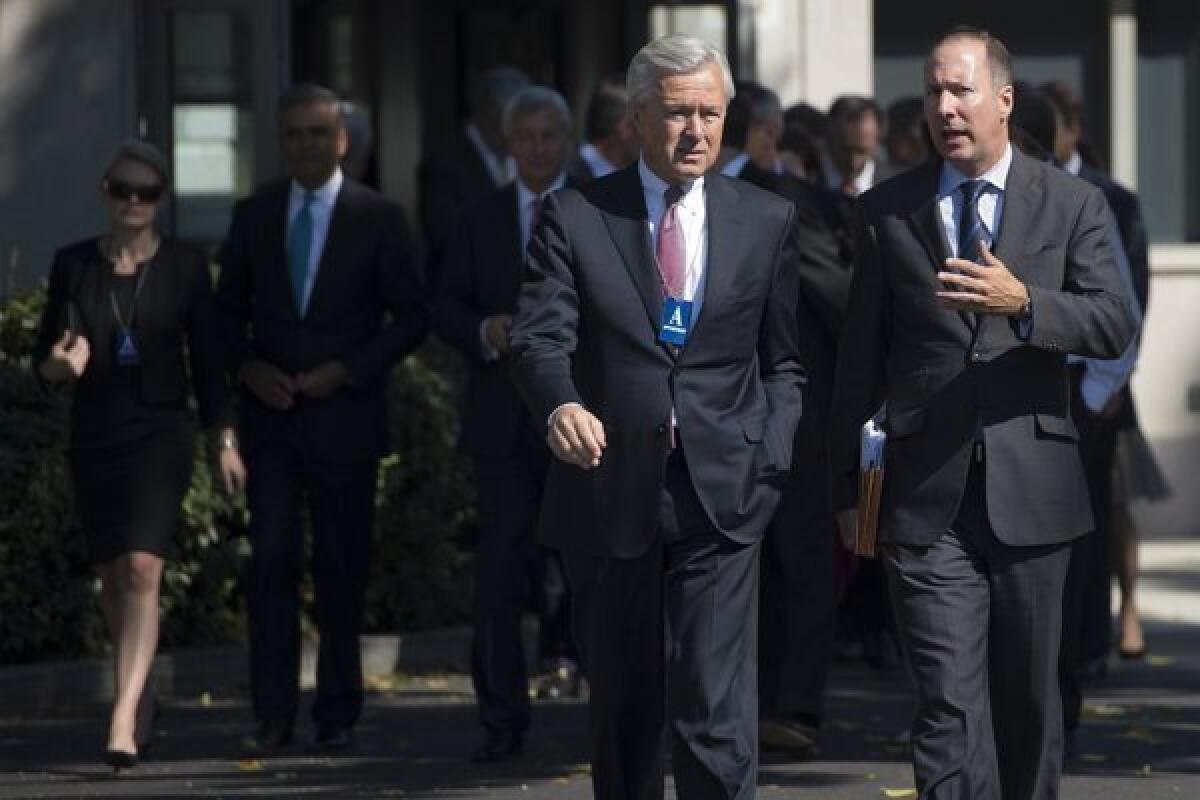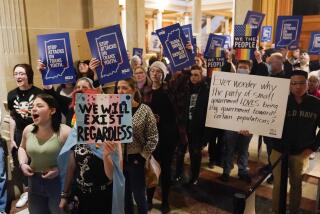How the banks’ big foreclosure settlement cheated consumers

New York Atty. Gen. Eric Schneiderman has lowered the boom on Wells Fargo for what he says are serial violations of the huge foreclosure abuse settlement that Wells and four other big banks reached with federal and state regulators last year.
Schneiderman’s legal action reminds us what a scam that supposedly groundbreaking settlement was from the get-go.
Remember that settlement? Trumpeted by the regulators as a huge victory for the consumer, it required five big banks to pay $25 billion and adhere to a long list of proper foreclosure practices. The improper bank practices that were supposed to be wiped out included submitting forged or fraudulent documents, “robo-signing” documents the “signers” hadn’t read, and banks’ foreclosing on homeowners at the same time they were negotiating with them for loan modifications. The banks were Wells, Bank of America, JPMorgan Chase, Citibank and Ally Financial (formerly GMAC).
Schneiderman, who was not a great fan of the settlement to begin with, alleges that Wells has failed to meet the mandated standards. He says the bank is still saddling applicants for mortgage relief with nitpicking and redundant document demands and missing deadlines, among other abuses. (Wells says it’s meeting its responsibilities.) Schneiderman says Bank of America was also guilty of some of the same abuses but that bank reached an agreement him to straighten up, so it averted legal action.
The foreclosure settlement was always a bank bailout in disguise. Of the headline number, $25 billion, only $5 billion of that was cash coming out of the banks’ pockets. The rest was “credits” they received for modifying underwater mortgage loans; since a loan modification that staves off a foreclosure almost always saves the lender money in the long term, the banks were actually getting credit for doing something that was in their interest anyway.
True, homeowners who had been abused in the foreclosure process got compensated -- an average of $2,000 each for a total of 750,000 claimants. As the financial commentator Susan Webber, writing under her pseudonym Yves Smith, observed at the time: “We’ve now set a price for forgeries and fabricating documents. It’s $2,000 per loan.”
As part of the settlement, federal regulators folded in penalties they were poised to slap on the banks. The Controller of the Currency reduced a $394-million penalty to zero. The Federal Reserve folded in $767 million in penalties.
In return, the banks committed themselves to acting within the law, meaning: no criminal fraud. Apparently that was a new concept in mortgage finance. But now we learn that BofA and Wells allegedly weren’t even meeting that standard. Think about that the next time a politician or regulator announces that a corporate wrongdoer has been brought to book. A year after the announcement and press conference, you might learn that nothing’s changed.







